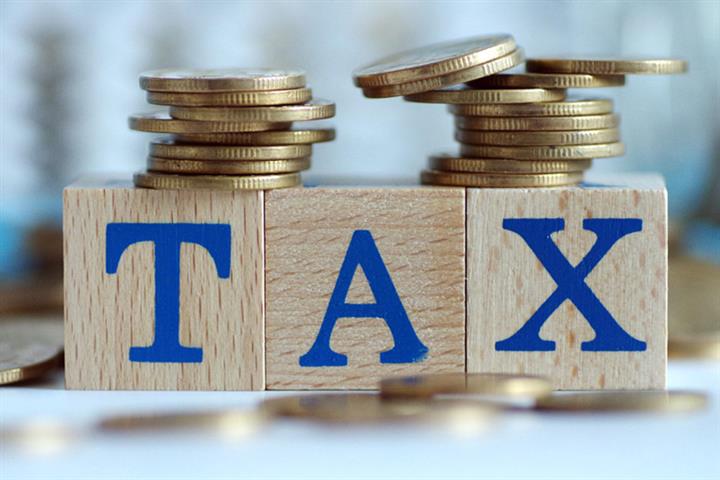 China to Refund USD240 Billion in Tax to Companies From April
China to Refund USD240 Billion in Tax to Companies From April(Yicai Global) March 23 -- China will give a CNY1.5 trillion (USD240 billion) tax rebate to businesses from next month to stabilize the economy, boost confidence, support jobs, and ensure livelihoods.
This year’s rebate will target all micro and small enterprises as well as mid-sized and big companies in six major industries, including manufacturing, the Ministry of Finance and the State Taxation Administration said in a joint statement yesterday.
The other five industries are: scientific research and technology services; electricity, heating, gas, and water production and supply; software and information technology services; ecological protection and environmental management; and transport, storage, and postal services.
Rebates and tax cuts will reach a record high of about CNY2.5 trillion this year, according to a government work report published on March 5. Sixty percent of the total will be used to refund excess input value-added tax credits, the report said.
The central government will bear about 91 percent of the refunds to ease the burden on local finance. The first batch of special transfer payments to support SMEs worth CNY400 billion (USD62.8 billion) was issued on March 21, the finance ministry said.
The tax refunds can increase the cash flow of SMEs and independent business owners who are facing difficulties because of the pandemic, thereby helping the employment situation, as SMEs make up a large share of the market, said Shi Zhengwen, a professor at China University of Political Science and Law.
Refunds on excess input value-added tax can help support the six industries, encourage innovation and entrepreneurship, and help companies in such sectors to turn losses into profits, according to Tian Zhiwei, deputy director of the Institute of Public Policy and Governance at Shanghai University of Finance.
Chongqing Sino-German Smart Factory Solutions, a joint venture of Chongqing Machine Tool and Shuanghuan Transmission Machinery and Germany’s Kapp Niles, bought a lot of equipment before the introduction of the VAT credit policy and could get about CNY38 million (USD6 million) refunded under the latest policy, Financial Manager Jiao Fan said.
The automatic production line supplier will use the proceeds of the refund to supplement its cash, support technical research, buy research and development gear, upgrade and renovate production lines, pay salaries, and accelerate the firm’s transformation and upgrading, Jiao added.
VAT made up about 37 percent of the country’s total tax revenue last year. If a company’s input VAT exceeds output VAT, there will be an excess input of the levy. In the past, the excess input was deducted from the amount payable in the next tax period. But in 2019, China introduced a new non-retroactive policy, according to which qualified firms could get an excess input refund in the same tax period.
Editor: Futura Costaglione